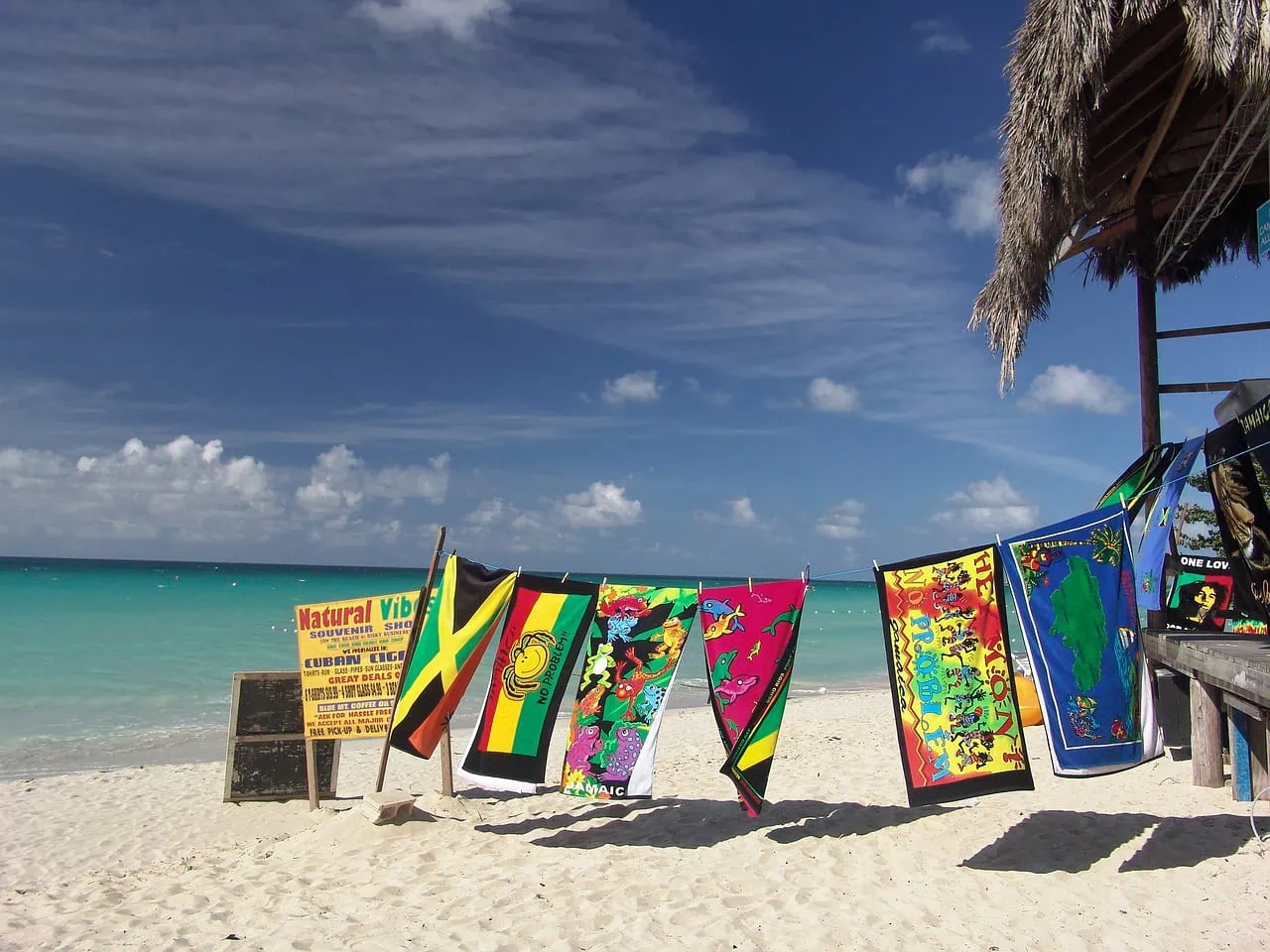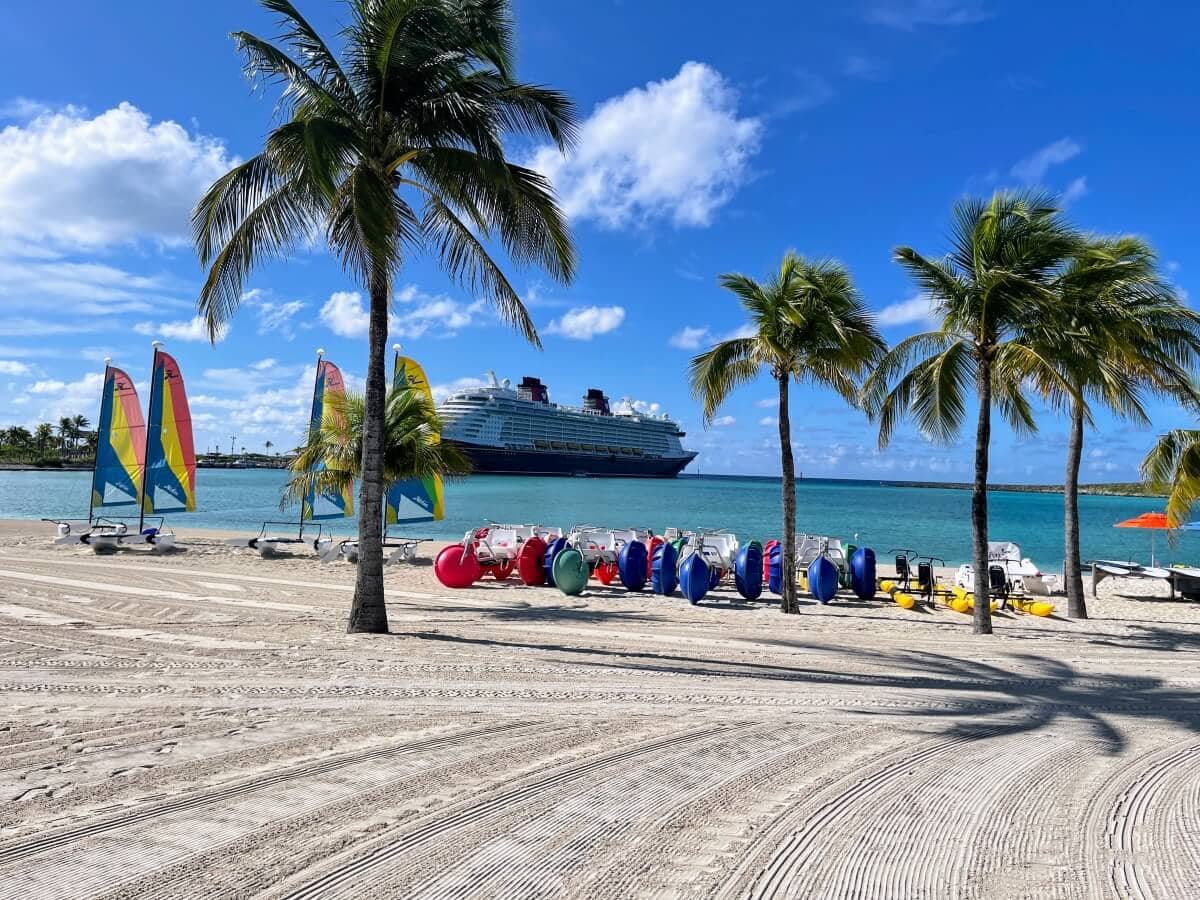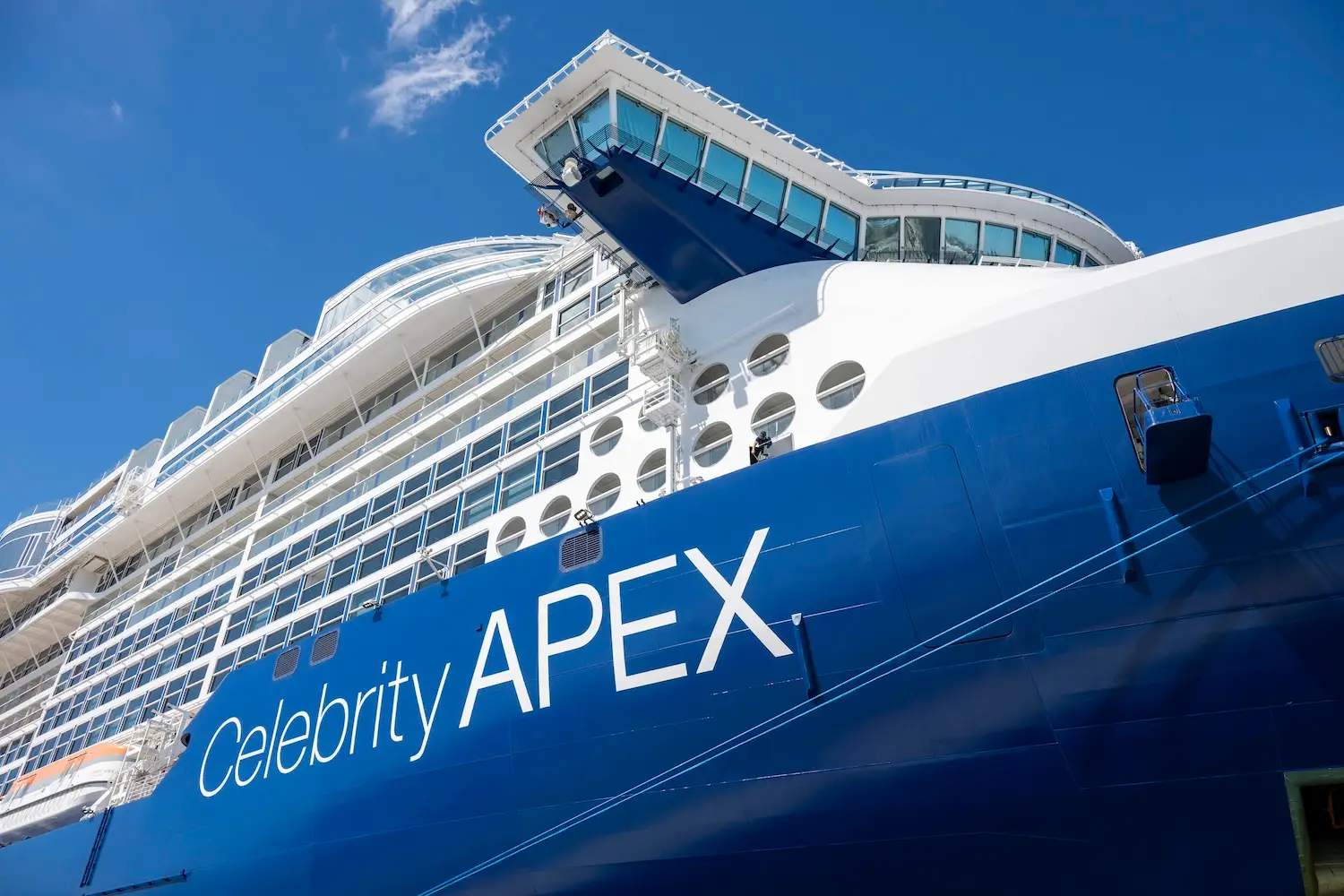One Norwegian Cruise Line passenger learned the hard way just how frustrating cruise ship lost-and-found can be.

In May 2025, he left a $700 Stetson El Patron cowboy hat hanging on a hook in his studio cabin between the shower and lavatory.
He noticed it missing just 15 minutes after disembarking and immediately reported it to security at 7:30 a.m.
Norwegian called his cabin steward and said the hat wasn’t in his cabin. He filed an online lost-and-found report as instructed.
On June 11, he received an email saying his item hadn’t been found. He filed an insurance claim and replaced the hat, but the original had significant sentimental value.
Then on October 20, over four months later, he got another email. Norwegian said his hat had been found but was being donated because he failed to claim it. He’d never received notification that it was found in the first place.
How Lost and Found Really Works
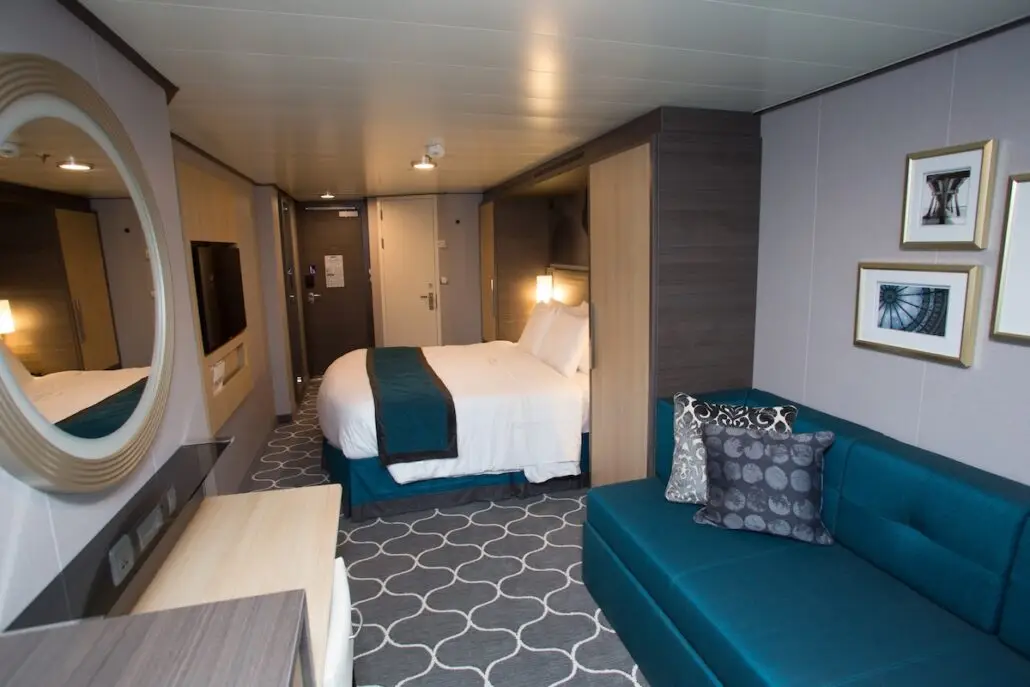
This situation illustrates issues with how cruise lines manage lost items.
Most major carriers, including Norwegian, Royal Caribbean, Carnival, and Princess, require passengers to file a report when belongings go missing.
For instance, here is Carnival Cruise Line’s lost-and-found form.
Crew members search the area, but what happens after that varies widely.
Once an item is found, cruise lines are supposed to notify passengers and hold the item for pickup. The problem is there’s no industry standard for how long they hold items or how they communicate with passengers.
Some lines say 30 days. Others don’t specify at all. Notification practices are inconsistent at best.
In this case, Norwegian apparently found the hat but either failed to notify the passenger initially or the notification was lost in his email. Then, without clear communication about a deadline, they donated it.
What Happens to Unclaimed Items

After a holding period, unclaimed items are typically donated to charity, discarded, or occasionally auctioned off.
But cruise lines often don’t clearly communicate when that holding period ends or give passengers reasonable notice before items vanish.
Protecting Yourself
Don’t assume the cruise line will find and return valuable items. Keep valuables in your cabin safe.
If something goes missing, report it immediately in person and ask for specific details on their holding period and notification process. Get their response in writing.
File a lost and found report before leaving the ship. Ask for a reference number and follow up in writing after your cruise. Consider travel insurance that covers lost items, though read the fine print.
Document everything and ask your cruise line directly about their timeline for holding items and when you should expect notification if something is found.
The Bottom Line
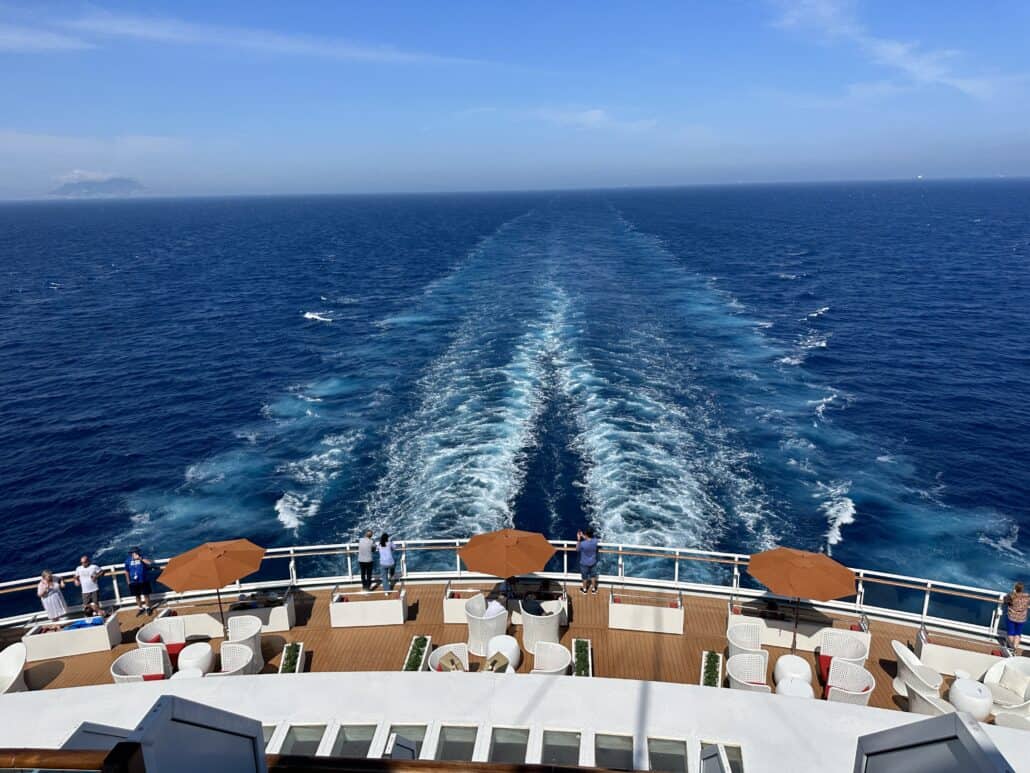
Cruise line lost-and-found policies aren’t consistent. Communication breakdowns happen.
The responsibility falls on you to report items quickly, follow up actively, and not assume the cruise line will contact you if something turns up weeks later.
Even then, there’s no guarantee you’ll get your item back.



